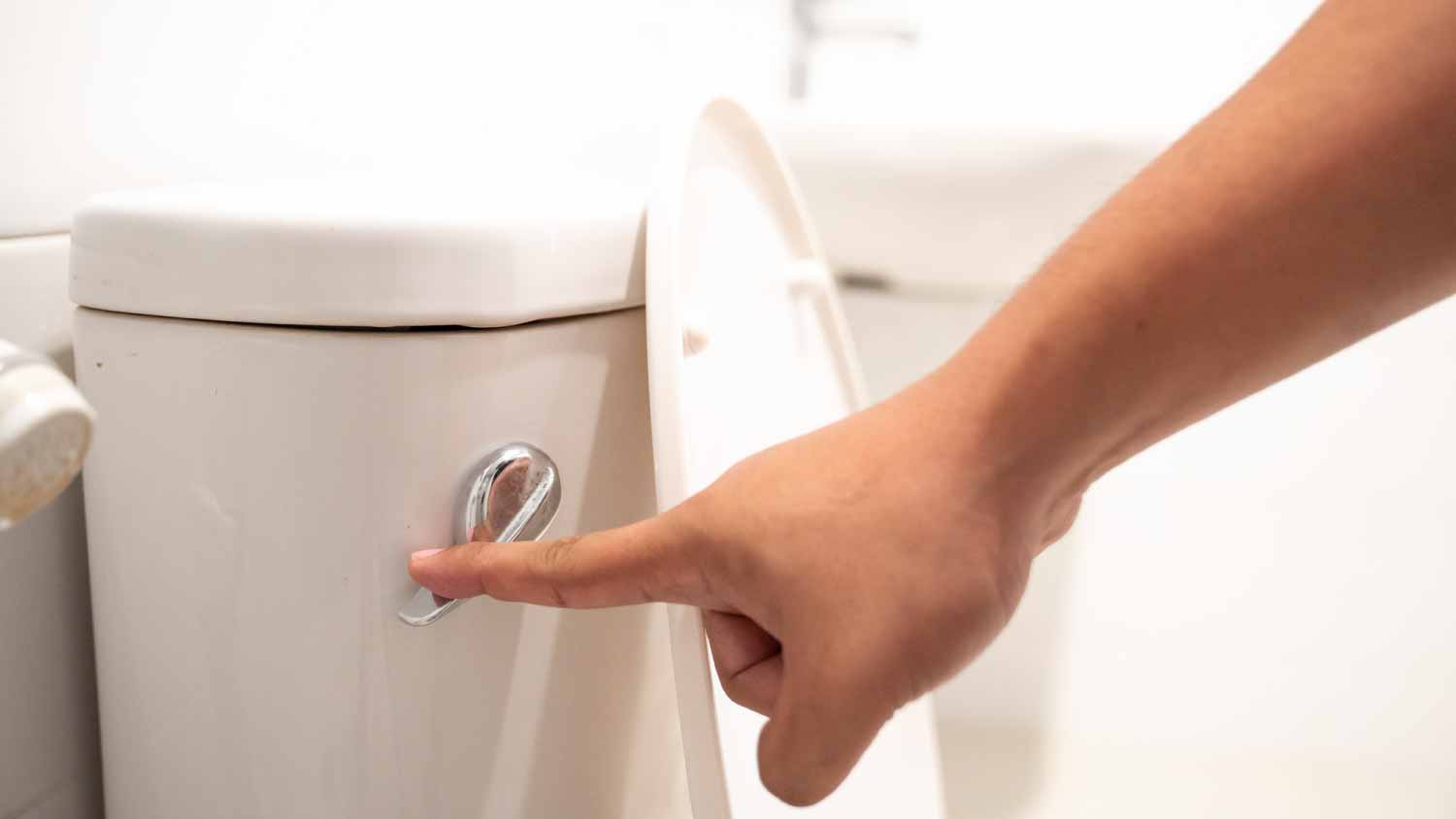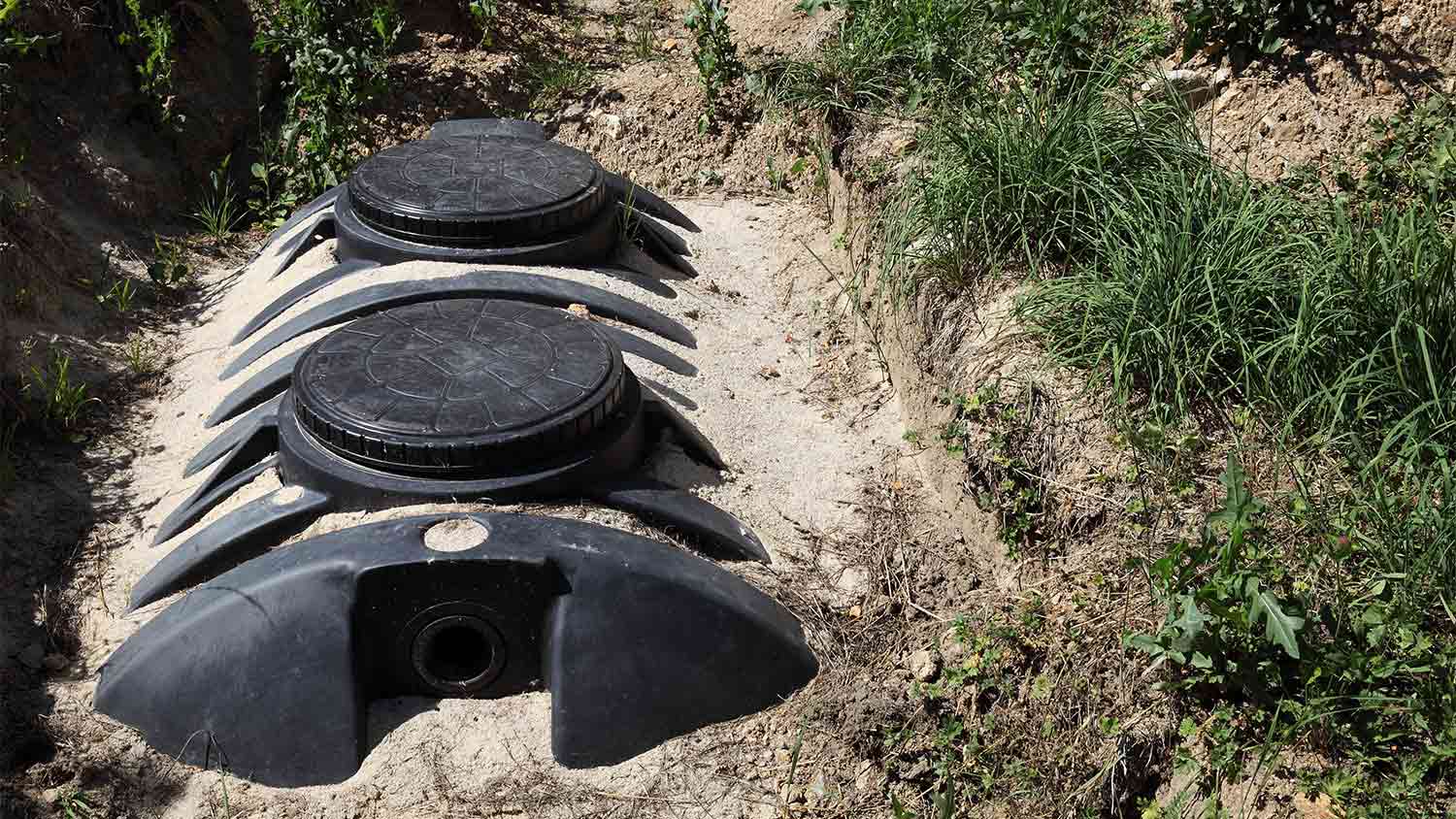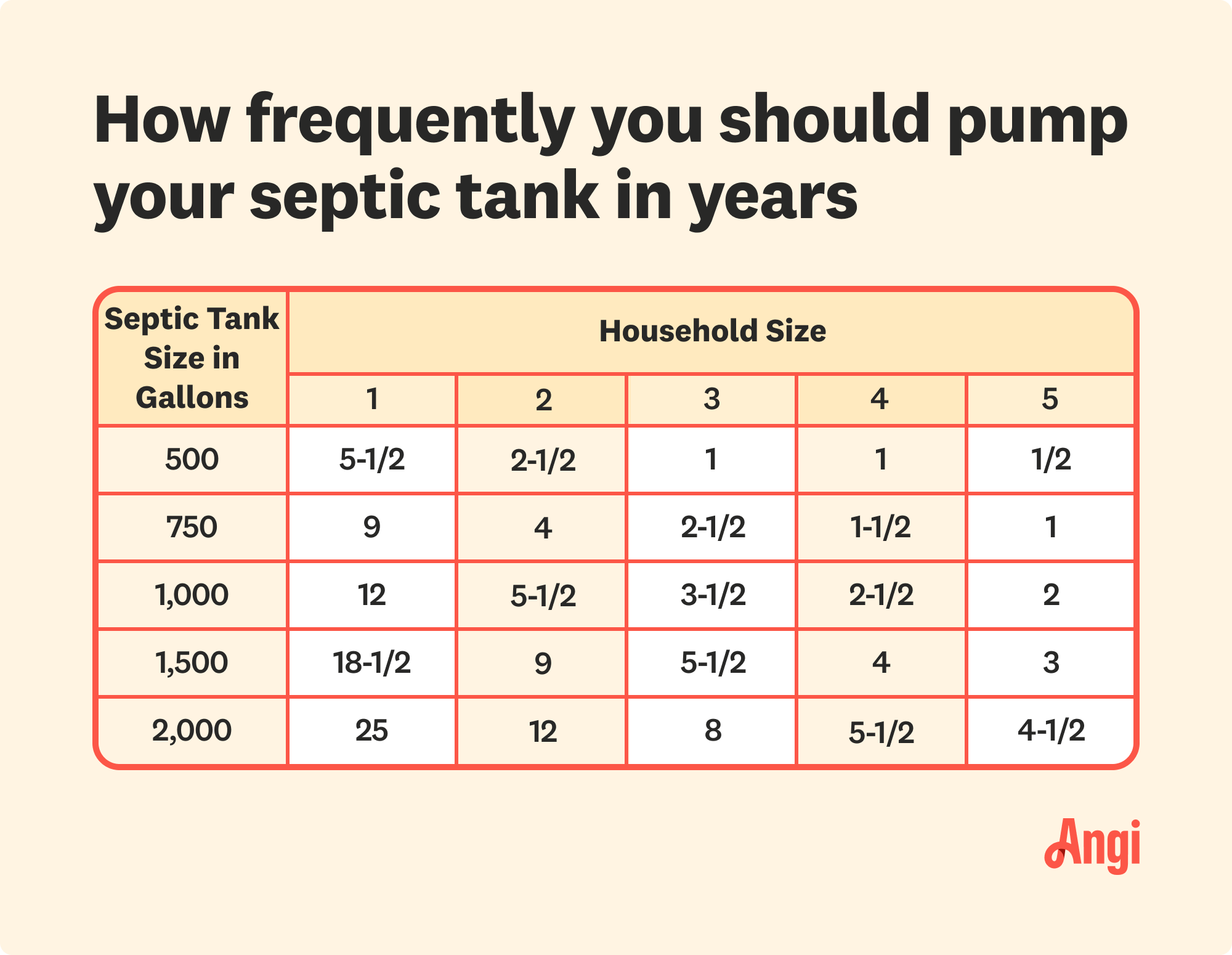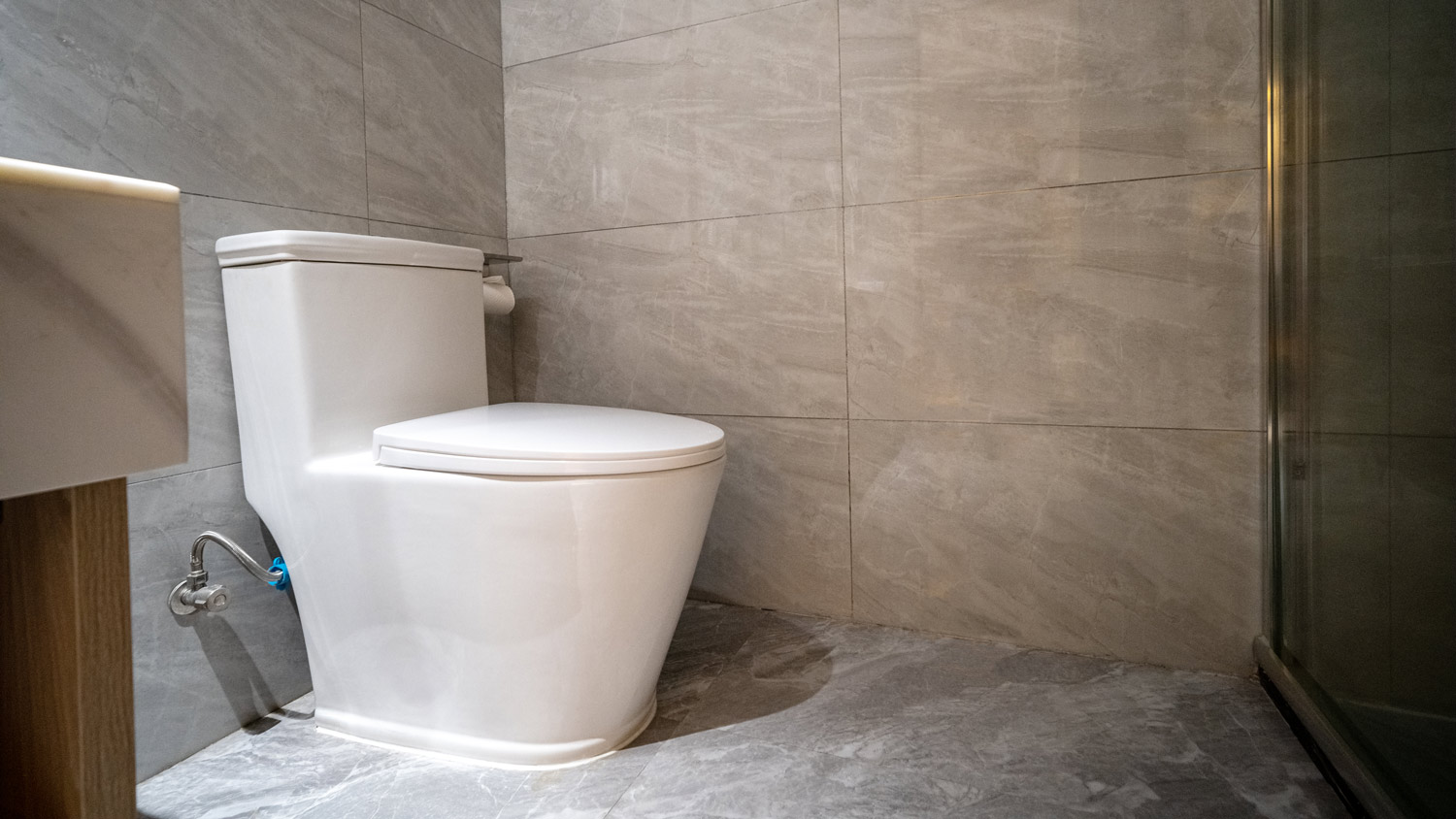
Need to know what sewer line replacement costs in Kansas City, MO? This guide will help you prepare to budget for sewer line replacement done by local contractors.
Septic tanks are not one size fits all


Septic tanks allow those who aren’t connected to a city sewer system to treat and eliminate their own wastewater.
The first step in the system is a large tank where solids are separated from liquid wastewater through natural processes like time and gravity.
The size of the septic tank you need depends on how many rooms your home has, how many people live there, how much water you use, and even the weather where you live.
Larger septic tanks cost more than smaller ones—though your specific costs will vary depending on what kind of septic system you use.
If you live off the beaten path or want to avoid local utility companies, installing a septic tank is a great way to keep your waste management needs “in-house.” However, there are many different types, shapes, and sizes of septic tanks to choose from. Choosing the correct tank for your property helps save money both in the short-term (installation) and the long-term (water usage). Here is everything you need to know about septic tank sizes to help you make an informed purchase decision.
The best way to gauge how big of a septic tank you actually need is to simply add up the number of bedrooms and bathrooms on your property, along with the number of people who regularly use these facilities.
| Number of Bedrooms | Minimum Capacity in Gallons | Avg. Liquid Surface Area |
|---|---|---|
| 0 (Small apts, lofts) | 750 | 24 square feet |
| 1, 2, or 3 bedrooms | 1,000 | 27 square feet |
| 4 bedrooms | 1,250 | 34 square feet |
| 5 bedrooms | 1,500 | 40 square feet |
| 6 bedrooms | 1,750 | 47 square feet |
For a small loft with one or two people, 750 gallons is adequate, but homes with one or two bedrooms require 1,000 gallons or more. It is estimated that occupants use between 50 and 100 gallons of water per day in a typical U.S. home. We can use that to compare different septic tank sizes.

Septic tank sizes break down into several categories. There are the dimensions of the tank itself, the minimum septic tank capacity in gallons, the shape and size requirements of the distribution box, baffles, and drainfield.
A residential septic tank is around 4.5 feet wide x 8.0 feet long x 6 feet tall, though this is just a jumping-off point, as many tanks exceed this size. The average tank clocks in at 30 to 40 square feet. Most tanks are buried anywhere from 4 inches to 4 feet deep, according to local regulations, site conditions, slope, and related factors.
The minimum septic tank capacity is measured in gallons and represents the least amount of water required for optimal operation. This metric directly correlates to how much wastewater the tank needs to handle on a daily basis. The average here is 1,250 gallons, though many tanks hold 1,750 gallons or more. In decades past, 750-gallon tanks were popular, though these are now considered inadequate for basic residential tasks. Nowadays, the average range is 1,000 gallons to 1,500 gallons, depending on the demands and needs of the homeowners.
The shape of the tank impacts its overall dimensions, as round tanks take up less space than square tanks. There is some serious physics and geometry at play here, but if space is a serious consideration, go with a round tank over a square or rectangular model. Of course, this depends on the layout of your property and its slope. Talk to a local septic tank company to discuss the shape and how that impacts the size requirements for your unique setup.
Septic tanks are manufactured using a wide variety of materials, all of which impact the maximum size, due to construction concerns.
Concrete: This is the most common material used to make septic tanks. Due to the pourable nature of concrete, the size range here is massive. Concrete tanks go up to 5,000 minimum gallons, though larger tanks often require multiple compartments.
Plastic and fiberglass: In most cases, these tanks are prefabricated, placing a strict limit on the maximum size. Plastic and fiberglass septic tanks max out at around 1,500 minimum gallons, so they are not appropriate for large homes with more than three bedrooms.
Steel: Tanks from steel are square or rectangular, due to the nature of the material. With that in mind, they max out at around 2,000 minimum gallons. It is worth noting that steel tanks are not allowed in many areas due to their corrosive nature.
Local temperatures and weather conditions also impact the size dimensions of septic tanks in your area. Colder parts of the country, such as Alaska, require larger-than-average tanks, as these extreme temperatures slow down the process by which the sewage solids are digested. The tank sizes are increased to account for the added time the waste and water sit in the tank before digestion. On the other hand, warm and hot climates get by with smaller septic tanks, due to increased levels of bacterial action.
Just like the weather, local rules and regulations dictate required septic tank sizes. For instance, New York no longer allows tanks with a minimum capacity of 750 gallons, though this smaller size is fine in states like New Mexico. Every area boasts its own unique regulations, so contact local governmental agencies for more information. Additionally, your installation pro likely knows these rules inside and out.
Here are some tips worth considering when shopping for a new septic tank to ensure your size needs are met.
Call a pro with any questions you have about your system, even if they're general questions. The more informed you are about your system, the better it will work and the better that pros can help you with it.
Remember, all of the above metrics and data points are just starting points or average guidelines. Your property is unique, and so are your waste management needs. Start the process by discussing options with an experienced professional from a local septic tank installation company.
If you live in a three-bedroom home with a family of four or five people, there is no need for an extremely large septic tank built to service a six-bedroom home with a family of nine or ten. In fact, doing so can actually backfire: if your septic tank is far too large, it may not work properly. (Plus, septic tank costs vary depending on the size of the system, so you may be spending money you don’t need to.)
Having said that, it is never a bad idea to have a little wiggle room here, just in case your family grows.
It is not just the occupants of your home that determines the required septic tank size, but how much water they use per person. Keep accurate and up-to-date data regarding water usage and have this information ready for your installation expert.

Septic tanks must be pumped regularly to ensure efficient operation and a decent lifespan. Pumping a septic tank costs around $400. The average recommended frequency is every three to five years. Larger tanks with multiple occupants require more frequent pumpings than smaller tanks that service just one or two people.
From average costs to expert advice, get all the answers you need to get your job done.

Need to know what sewer line replacement costs in Kansas City, MO? This guide will help you prepare to budget for sewer line replacement done by local contractors.

Need to know what sewer line replacement costs in Chicago, IL? This guide will help you prepare to budget for sewer line replacement done by local contractors.

If it’s been there for a while, it can be hard to find the septic tank in your yard. Learn how much it costs to locate a septic tank with this guide.

Got a septic tank? Then you've got a leach field. Knowing where it is helps you maintain your system. Here's how to find a leach field.

Odor problems in the laundry room? We discuss why your washing machine smells like sewage and how to fix those stinky plumbing issues.

Your lot might require an alternative septic system based on location and soil conditions. Learn all about alternative septic systems and their costs.